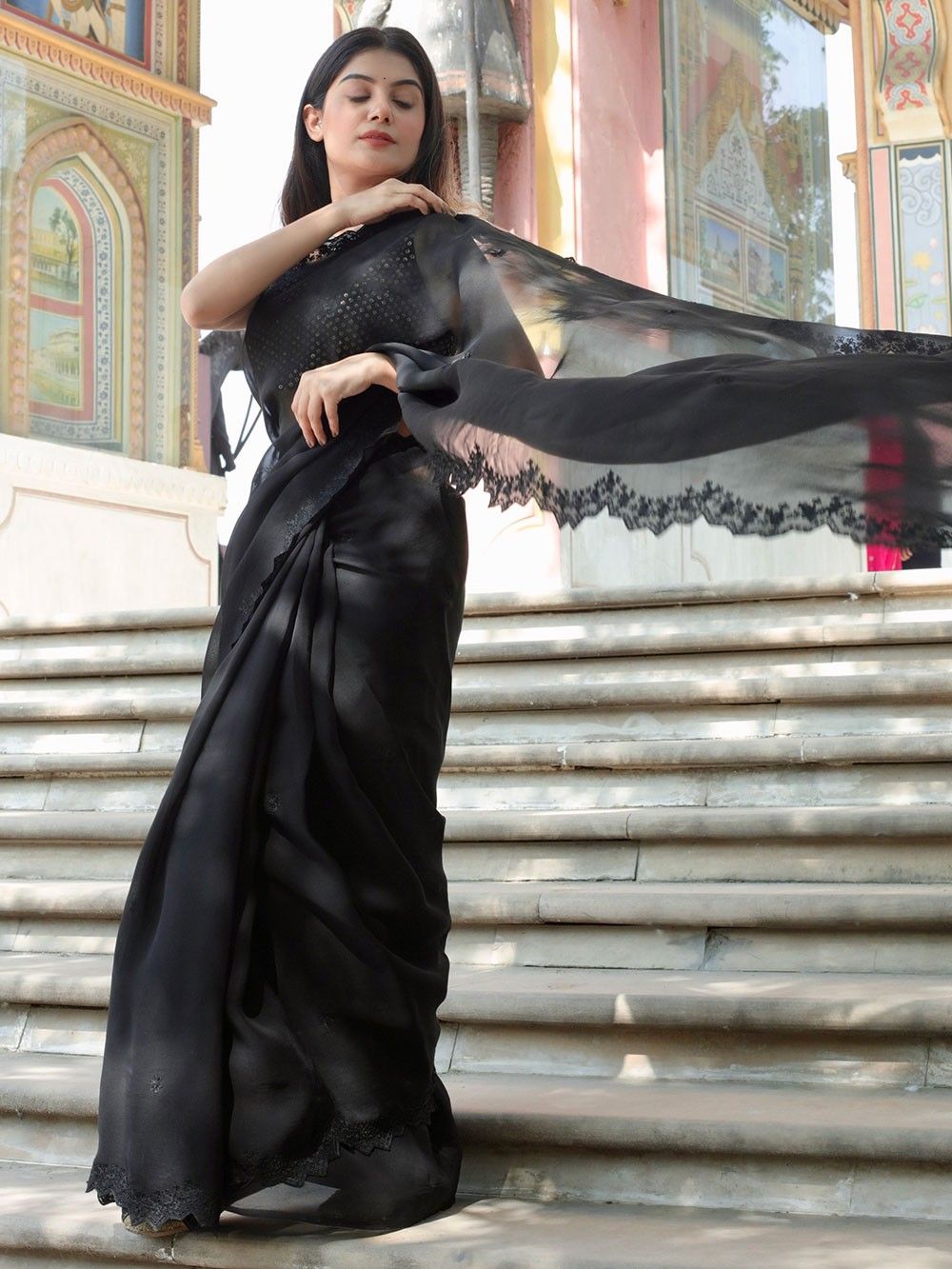Silk sarees hold a cherished place in the heart of Indian culture, symbolizing grace, opulence, and enduring beauty. With a rich history that spans centuries, these luxurious garments continue to captivate women across the globe with their intricate weaves, vibrant colors, and exquisite craftsmanship. This article delves into the mesmerizing world of silk sarees, exploring their cultural significance, artistic craftsmanship, and enduring appeal.
Origin and Heritage:

The origin of silk sarees can be traced back to ancient India, where silk was revered as a precious fabric and woven into elaborate garments for royalty and nobility. Over time, various regions in India developed their distinct styles, creating a treasure trove of silk saree varieties. Some of the most renowned ones include the Banarasi silk sarees from Varanasi, the Kanjeevaram sarees from Tamil Nadu, the Mysore silk sarees from Karnataka, and the Baluchari sarees from West Bengal, among others.
Artistry and Weaving Techniques:

Creating a silk saree is an intricate process that requires the skillful hands of master weavers. These artisans meticulously weave the fabric using traditional techniques, some of which have been passed down through generations. The looms clack rhythmically as they bring to life mesmerizing patterns like paisleys, peacocks, and floral motifs. The zari work, which involves weaving gold or silver threads into the saree, adds a touch of regal elegance, making each saree a masterpiece.
Cultural Significance:

In India, silk sarees are deeply ingrained in cultural and religious traditions. They are the attire of choice for weddings, religious ceremonies, and festivals. When a bride dons a silk saree, it symbolizes not only her beauty but also her purity and prosperity. It is also a cherished gift for special occasions, passed down as family heirlooms from mothers to daughters, creating a tangible connection between generations.
Modern Adaptations and Global Appeal:

While silk sarees remain rooted in tradition, designers have successfully blended modern elements to make them relevant to contemporary fashion. Lightweight silk sarees with innovative designs have gained popularity among younger generations who appreciate the mix of tradition and trend. Additionally, the global fashion industry has taken note of these alluring sarees, with international designers often incorporating silk into their collections.
Sustainability and Ethical Practices:

As consumers increasingly prioritize ethical and sustainable fashion, the demand for handcrafted silk sarees has seen a resurgence. Many weavers’ cooperatives and organizations have emerged to ensure fair wages and support these artisans’ livelihoods. Furthermore, the use of natural dyes and eco-friendly materials has become more prevalent, enhancing the appeal of silk sarees among environmentally conscious buyers.
Conclusion:

Silk sarees continue to epitomize the essence of Indian culture and craftsmanship. They are not just garments but enduring pieces of art that tell the story of India’s rich heritage. The meticulous weaving techniques, the intricate designs, and the cultural significance of these sarees have made them timeless classics, cherished by women for generations. As they gracefully traverse the line between tradition and modernity, silk sarees are sure to remain an eternal symbol of elegance and beauty for many more centuries to come.
